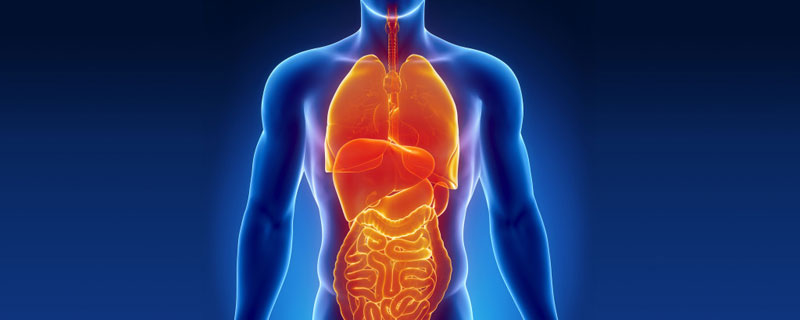
Simulation General and Thoracic Surgery
Course Description
This free course introduces general surgeons in developing countries to some of the general and thoracic procedures commonly encountered in their practices. Six trans-abdominal and four trans-thoracic simulation surgery exercises are presented, including the technique of patient positioning for a thoracotomy, and performing a posterolateral thoracotomy, the most common incision the surgeon needs to know to enter the chest cavity.
In order to make these techniques readily applicable in the developing countries, every attempt has been made to:
- Use inexpensive components to construct the exercises from instruments and material readily available in surgical operating theaters or available for ordering on the Internet.
- Design models that can be reused for multiple teaching sessions.
- Use inexpensive locally available animal tissue, such as the goat’s mediastinal and proximal gastrointestinal organs.
Syllabus
Lesson #1: Gastrojejunostomy
This exercise covers:
1. The importance of initial stay sutures just proximal and distal to the intended gastrojejunal anastomosis.
2. The importance of gentle handling of tissue edges to be anastomosed.
3. The four layers of a side-to-side intestinal anastomosis.
4. How to transition from the posterior interlocking (hemostatic) mucosal suture that approximates the stomach to the jejunum to the anterior inverting mucosal suture at the proximal and distal ends of the anastomosis by using a Connell suture technique.
Lesson #2: Nissen Total Fundoplication
This exercise teaches:
1. The identification of the esophagogastric junction and the left and right crura of the diaphragm.
2. How the total wrap of the gastric fundal tissue replicates the normal gastric anti-reflux mechanism.
3. The role of the bougie.
Lesson #3: Esophageal Myotomy and Esophagogastric Myotomy
This exercise highlights:
1. How to use the “belly” of the scalpel to make a longitudinal incision in the outer muscular layers of the bougie-distended esophagus and how to recognize the underlying submucosal layer and avoid incising it.
2. The technique of elevating the muscular layer for one-third of the diameter of the esophagus at the site of the myotomy.
3. The technique of recognizing and repairing an inadvertent entry into the esophageal lumen during the myotomy.
Lesson #4: Toupet Posterior Partial Fundoplication
This exercise explores:
1. Why a partial wrap (fundoplication) is indicated in the setting of an esophagogastric myotomy for achalasia.
2. The technique for posterior fundoplication (Toupet procedure).
Lesson #5: Dor Anterior Partial Fundoplication
This exercise reviews:
1. Why a partial esophageal wrap (fundoplication) is indicated for an esophagogastric myotomy for achalasia.
2. The technique for anterior fundoplication (Dor procedure).
Lesson #6: Transabdominal Repair of an Acutely Ruptured Diaphragm
This exercise focuses on:
1. The management of the acute and chronic rupture of the diaphragm.
2. The closure of a diaphragm laceration with an initial row of horizontal interrupted mattress sutures followed by a running interlocking suture over the first layer of interrupted sutures.
3. How to do the repair with the assistant changing the plane of the diaphragm from a vertical plane to an oblique plane.
Lesson #7: Patient Positioning for a Left Postero-Lateral Thoracotomy
This exercise stresses the importance of:
1. Patient stability in the lateral position.
2. The proper padding and positioning to prevent pressure and stretch injuries to nerves, skin and muscles and shoulder joint dislocation.
3. Maximizing the left thoracic cage rib separation with table flexion.
4. Identifying the correct intercostal space for the incision.
Lesson #8: Performance of a Left Postero-Lateral Thoracotomy
This exercise presents the fundamentals of performing a left postero-lateral thoracotomy, including:
1. Palpation of the inferior tip of the scapula.
2. The subscapular identification of the first rib and subsequent counting down to desired intercostal space.
3. The intercostal incision to enter the chest cavity and describe the location of the intercostal neurovascular bundle.
4. The indications for single lung ventilation and techniques for lung retraction during surgery.
Lesson #9: Chest Wall and Lung Decortication
You will learn:
1. The three stages of empyema and their recognition.
2. The intercostal and the rib removal techniques for entering the chest cavity.
3. The removal of the parietal (chest wall) and the visceral (lung) empyema peel.
4. The anatomic structures at risk during decortication and the techniques used to avoid them.
Lesson #10: Transthoracic Repair of an Acute Esophageal Perforation
This exercise examines:
1. The phenomenon of the submucosal/mucosal layer laceration extending for a greater distance proximally and distally than the muscular “laceration.”
2. Working through a low postero-lateral thoracotomy incision while repairing a distal esophageal perforation in a patient whose lung is being ventilated on the operative side.